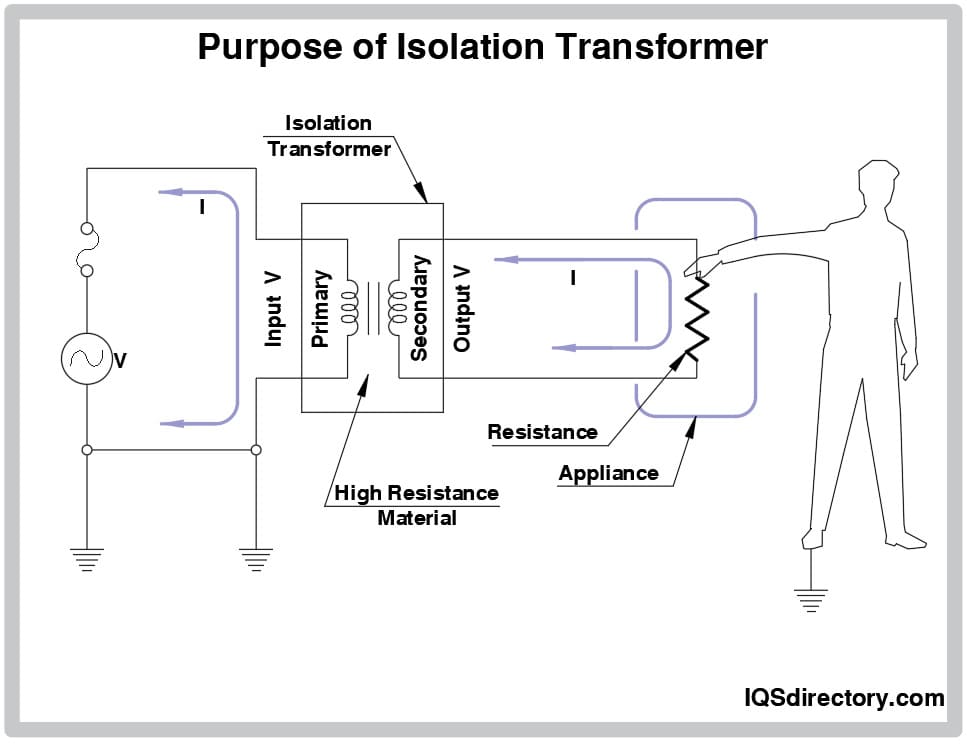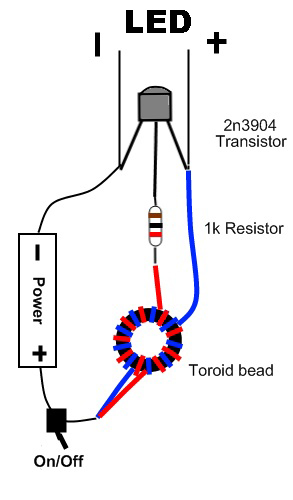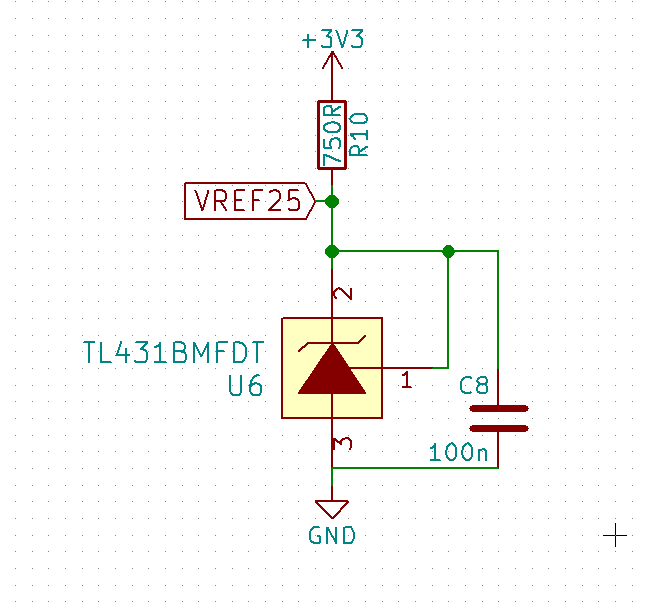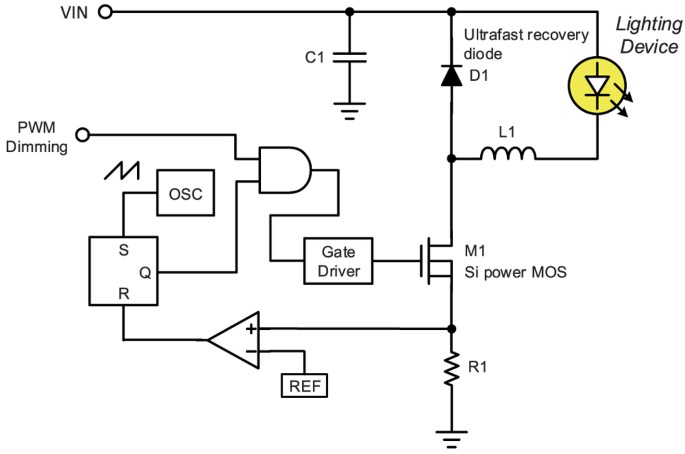How to Use an Isolation Transformer in Circuits?
Isolation transformers are a crucial component in electronics circuits, providing protection against electrical shocks and signal noise. They are commonly used in audio systems, medical devices, industrial equipment, and more. In this article, we will discuss the basics of isolation transformers and how to use them effectively in circuits.
What is an Isolation Transformer?
An isolation transformer is a type of transformer that has a primary and secondary winding that are electrically separated from each other. The primary and secondary windings have no direct electrical connection, providing electrical isolation between the input and output sides of the transformer. This isolation helps protect equipment and users from electric shocks and prevents signal noise from being transmitted between circuits.
How Does an Isolation Transformer Work?
Isolation transformers work by magnetically coupling the primary and secondary windings through a shared magnetic core. When an alternating current (AC) voltage is applied to the primary winding, a magnetic field is created in the core, inducing a voltage in the secondary winding. This voltage is then used to power the load connected to the secondary side of the transformer.
Why Use an Isolation Transformer?
There are several reasons to use an isolation transformer in circuits:
- Electrical Safety: Isolation transformers provide a barrier between the input and output sides of a circuit, reducing the risk of electric shocks.
- Noise Reduction: Isolation transformers help reduce signal noise in circuits by blocking the transmission of unwanted electrical interference.
- Grounding Problems: Isolation transformers can help prevent grounding issues and eliminate ground loops in systems that have multiple ground connections.
How to Use an Isolation Transformer in Circuits
When using an isolation transformer in circuits, here are some important considerations:
- Proper Installation: Make sure to correctly connect the input and output sides of the transformer according to the manufacturer’s instructions.
- Load Capacity: Check the load capacity of the isolation transformer to ensure it can handle the power requirements of the connected equipment.
- Grounding: Properly ground the transformer to prevent electrical hazards and ensure proper functioning.
- Testing: Test the circuit with the isolation transformer to verify that it is functioning correctly and providing the desired level of isolation.
Conclusion
Isolation transformers are essential components in electronics circuits, providing safety and noise reduction benefits. By understanding how isolation transformers work and following proper usage practices, you can effectively incorporate them into your circuits to enhance performance and protect equipment. Remember to always prioritize safety when working with electrical components and consult with a professional if needed.
How to Use an Isolation Transformer in Circuits?
Isolation transformers are a crucial component in electronics circuits, providing protection against electrical shocks and signal noise. They are commonly used in audio systems, medical devices, industrial equipment, and more. In this article, we will discuss the basics of isolation transformers and how to use them effectively in circuits.
What is an Isolation Transformer?
An isolation transformer is a type of transformer that has a primary and secondary winding that are electrically separated from each other. The primary and secondary windings have no direct electrical connection, providing electrical isolation between the input and output sides of the transformer. This isolation helps protect equipment and users from electric shocks and prevents signal noise from being transmitted between circuits.
How Does an Isolation Transformer Work?
Isolation transformers work by magnetically coupling the primary and secondary windings through a shared magnetic core. When an alternating current (AC) voltage is applied to the primary winding, a magnetic field is created in the core, inducing a voltage in the secondary winding. This voltage is then used to power the load connected to the secondary side of the transformer.
Why Use an Isolation Transformer?
There are several reasons to use an isolation transformer in circuits:
- Electrical Safety: Isolation transformers provide a barrier between the input and output sides of a circuit, reducing the risk of electric shocks.
- Noise Reduction: Isolation transformers help reduce signal noise in circuits by blocking the transmission of unwanted electrical interference.
- Grounding Problems: Isolation transformers can help prevent grounding issues and eliminate ground loops in systems that have multiple ground connections.
How to Use an Isolation Transformer in Circuits
When using an isolation transformer in circuits, here are some important considerations:
- Proper Installation: Make sure to correctly connect the input and output sides of the transformer according to the manufacturer’s instructions.
- Load Capacity: Check the load capacity of the isolation transformer to ensure it can handle the power requirements of the connected equipment.
- Grounding: Properly ground the transformer to prevent electrical hazards and ensure proper functioning.
- Testing: Test the circuit with the isolation transformer to verify that it is functioning correctly and providing the desired level of isolation.
Conclusion
Isolation transformers are essential components in electronics circuits, providing safety and noise reduction benefits. By understanding how isolation transformers work and following proper usage practices, you can effectively incorporate them into your circuits to enhance performance and protect equipment. Remember to always prioritize safety when working with electrical components and consult with a professional if needed.



